By Jennifer Dorsett
A snack for America’s favorite pastime. Tasty homemade candy and nut mixes. Or a peanut butter and jelly sandwich just the way you like it—a thick smear of peanut butter and the crusts cut off.
What do they all have in common? Peanuts.
But how do they get from the field to our table?
First, farmers plant the seeds after the danger of frost has passed. Parts of Texas are ideal peanut-growing areas because of the sandy soil and warm climate.
A peanut plant grows to be about 19 inches tall, and the growing season is relatively long—roughly 140-150 days.
About 40 days into the growing season, flower buds appear on the plant. A pod from the bud pushes itself underground to begin forming the peanut. Yup, peanuts are grown underground!
And each plant can produce around 40 pods.
When the peanuts are ready to harvest, a machine called a digger pulls up the peanut plant, flips it upside down and sets it back down. The plant is left in the field to dry. Then another machine, called a shaker or a picker, separates the peanut pods from the rest of the plant.
After harvest, farmers take their peanuts to be tested, cleaned and sold to buyers for various uses like peanut butter and peanut candy.
Those peanuts then make their way into our homes, most often in the form of peanut butter.
On average, Americans eat about three pounds of peanut butter. That’s about 700 million pounds!
One acre of peanuts will make about 30,000 peanut butter sandwiches. And the average child in America will eat 1,500 peanut butter sandwiches by the time they graduate from high school. Now that’s a lot of PB&J!
While peanut butter is the leading use of peanuts in the U.S., peanuts can also be found in peanut oil, candy, snacks and packaged peanuts.
Many of the top-selling confectionaries in the U.S. contain peanuts and peanut butter, mostly combined with chocolate.
Did you know Texas is one of the only states that grows organic peanuts and conventional peanut crops? You bet we do!
Texas is also the only state to grow all four varieties of peanuts—runner, Virginia, Spanish and Valencia. For more fun peanut facts, check out the Texas Peanut Producer Board.
And you can try out some of our favorite peanut recipes like peanut brittle, crispy peanut butter bon bons and no-bake peanut butter cheesecake!
And in typical Texas fashion, we’re one of the top peanut-producing states in the nation. We come in second behind Georgia.
I’ve worked up an appetite talking about peanuts, so I’m off to make myself a good ol’ classic peanut butter and jelly sandwich—with the crust cut off, of course.
How do you like your PB&J sandwiches? And what’s your favorite peanut snack? Share with us in the comments.

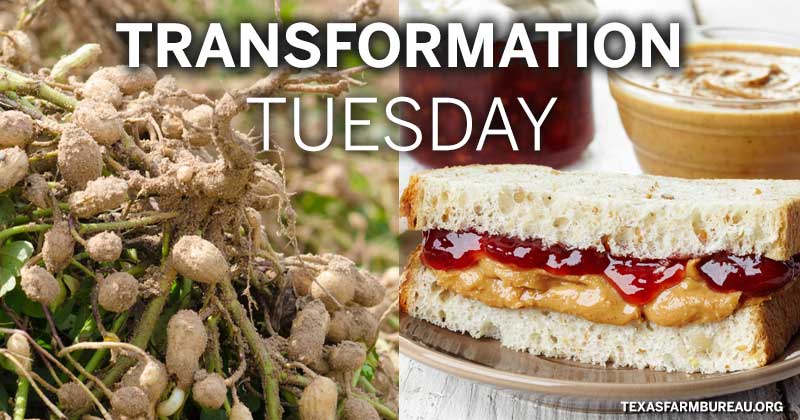
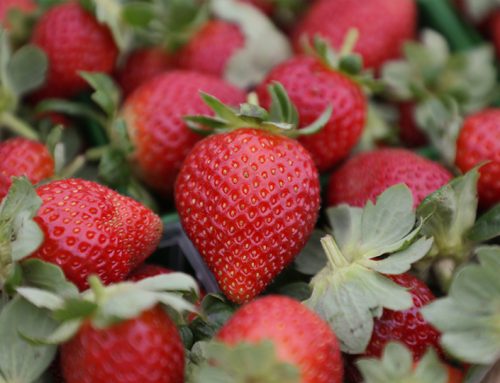
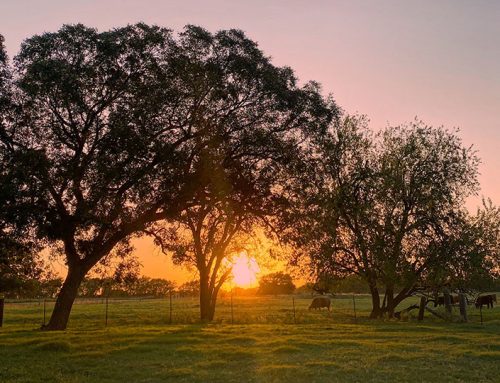
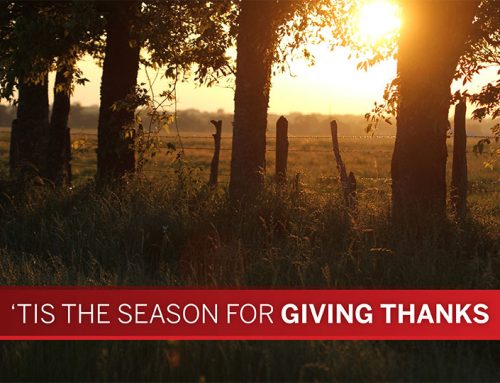
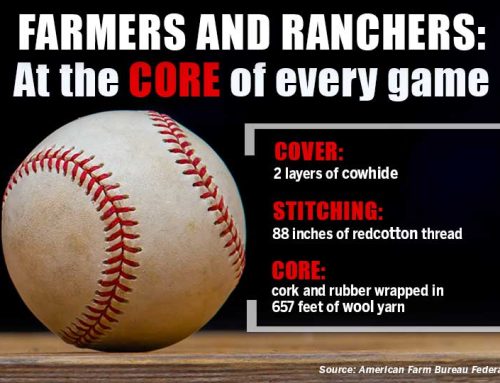
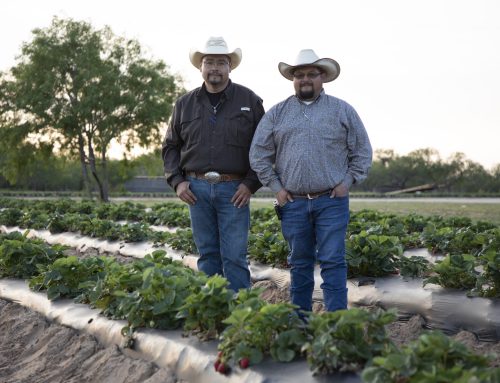




Leave A Comment